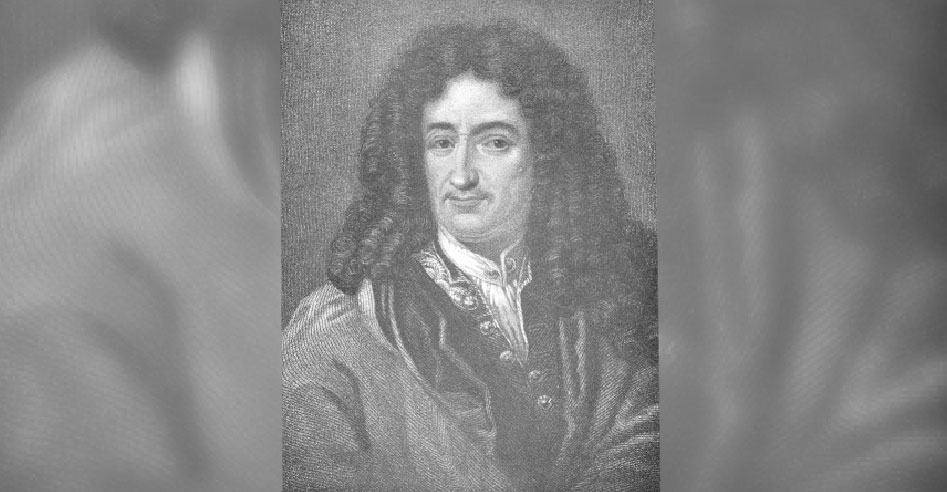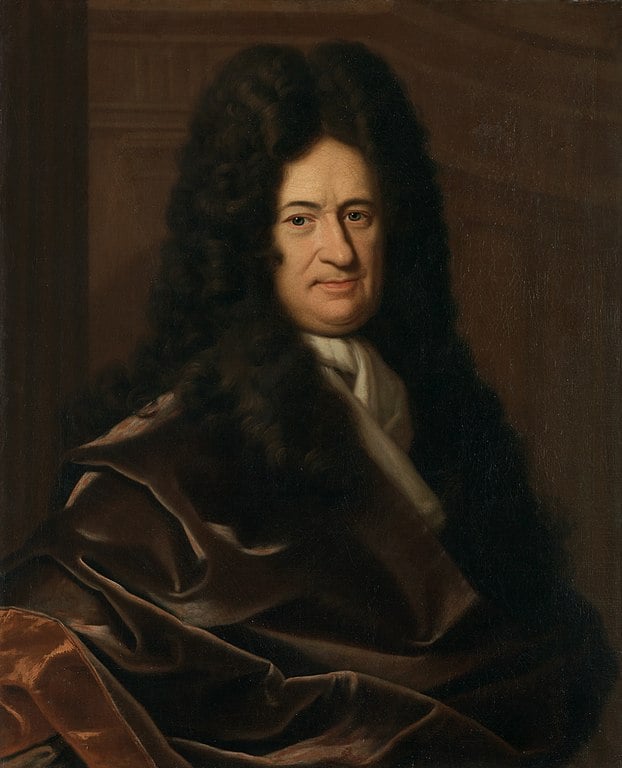
©Christoph Bernhard Francke, Public domain, via Wikimedia Commons – Original / License
Who Was Gottfried Wilhelm Leibniz?
Gottfried Wilhelm Leibniz was a well-known German mathematician, physicist, and philosopher. Noted for his independent invention of calculus and metaphysics, Gottfried von Leibniz remains one of the greatest thinkers in history.
He is well-known for his contributions to the history of philosophy and mathematics. He wrote extensively on various topics such as theology, ethics, politics, law, history and philology.
Quick Facts
- Full Name
- Gottfried Wilhelm Leibniz
- Net Worth
- NA
- Children
- None
- Nationality
- German
- Place of Birth
- Leipzig, Holy Roman Empire
- Fields of Expertise
- [“Mathematics”,”Computer Science”,”Theology”,”Philosophy”,”Politics”]
- Institutions
- Leipzig University
- Contributions
- Leibniz Wheel
Gottfried Wilhelm Leibniz made significant contributions to physics, technology, and anticipated many scientific notions that were later validated.
Having an interest in library science, he devised a cataloging system for the Wolfenbüttel library in Germany that would eventually serve as a guideline for many of Europe’s largest libraries.
Leibniz spread his insights and facts and opinions in an enormous number of well-respected journals, letters, and unpublished manuscripts. He wrote mostly in Germanic languages but also used Latin, English and Italian.
Early Life
Gottfried Leibniz was born on July 1, 1646 in Leipzig, Saxony, to influential parents. His father, a professor of moral philosophy at the city’s university died when he was six-years-old; his mother is the daughter of a wealthy local lawyer.
Leibniz was a child prodigy who became fluent in Latin and the works of Greeks scholars when he was twelve. After only three years studying at University of Leipzig, governing life with philosophy, mathematics and law.
In spite of attending school, Leibniz was largely self-taught. He spent much of his time reading books from his father’s library after he died in 1652 when Leibniz was six years old.
In 1661, at the age of 14, Leibniz began studying law at the University of Leipzig and was exposed to thinkers such as René Descartes, Galileo Galilei and Francis Bacon. There he also attended summer school where he studied mathematics.
After graduation, Leibniz applied for a doctorate in law but was refused due to his age. Given that professors were impressed with his thesis, they awarded him the degree of Doctor of Laws and gave him a professorship at the University of Altdorf.
In 1666, he finished his studies to become a doctorate student in law at Leipzig. However, because of his age, the degree was refused.
Due to these circumstances, Leibniz left his degree program at the University of Leipzig and earned his degree at the University of Altdorf. The faculty was so impressed with him that they invited him as a professor despite his age when he declined this offer in order to pursue public office.
Career
Being a great polymath, Leibniz had countless accomplishments throughout his career.
Frankfurt and Mainz
In 1667, Leibniz entered the service of the Elector of Mainz. The elector tasked him with helping revise the Corpus Juris—a task he was able to complete in three months.
During this time, Leibniz also acted as intermediary between Catholic and Protestant parties and encouraged European nations with Christian roots to work together rather than go to war. As an example, if France was left alone by Germany, then it could help Germany in conquering Egypt.
Leibniz’s proposal was inspired by France’s King Louis XIV, who captured a series of German towns in 1670. (This “Egyptian Plan” would be copied more than two centuries later, though Napoleon ironically used the same plan.)
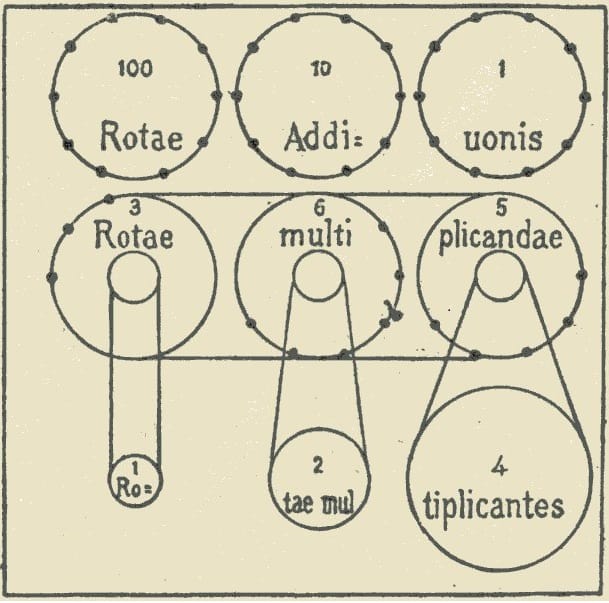
©Gottfried Wilhelm Leibniz, Public domain, via Wikimedia Commons – Original / License
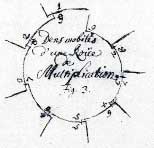
Paris
In 1672, Leibniz traveled to Paris and spent two years there studying mathematics. His favorite mathematician at the time was Huygens. He met Huygens while he was in France doing research on math; it is from that point forward that he found his passion for math.
Leibniz first developed the foundation for integral and differential calculus at a much earlier date than Newton, in 1675.
Leibniz demonstrated the “Stepped Reckoner” in 1673. It was capable of addition, subtraction, multiplication, and division. The Royal Society rewarded him for his contributions to science or math while he was in London.
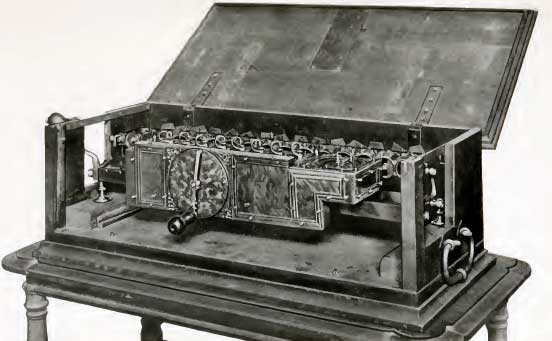
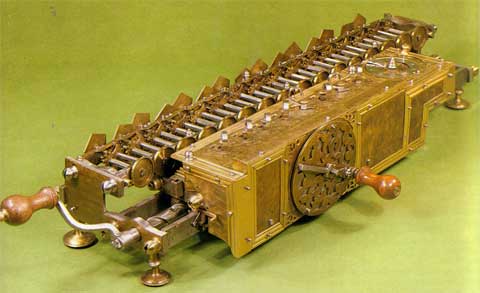
Hanover
Upon the death of the Elector of Mainz, which occurred in 1676, Leibniz moved to Hanover and was put in charge of the library there. His many roles included mining engineer, advisor, and diplomat.
As a diplomat, he wrote papers that would resolve the views of both Protestants and Catholics in order to bring about reconciliation for Germany.
At the end of his life, Leibniz was plagued by controversy. One high-profile incident in 1708 involved plagiarizing Newton’s calculus despite developing it independently
Leibniz died on 14 November 1716 at the age of 70, in Hanover. His funeral had one attendee: his personal secretary.
What Was Gottfried Wilhelm Leibniz known for?
Contribution to Mathematics
Leibniz was a gifted polymath. His contributions to many fields include physics, law, theology and math. However, he is probably most famous for his advancements in mathematics and philosophy. The facts have it that Leibniz’s accomplishments were numerous.
For more than two decades, as he was both an academic and politician, Leibniz wrote upwards of 15,000 letters in addition to the hundreds of thousands- perhaps even millions- of pages he already had composed.
Modern Binary System
Leibniz shares credit for inventing the modern binary system that relies on the symbols 0 and 1 to represent numbers and logical statements — one of his most known contributions to mathematics. The first computer was developed many centuries after Leibniz discovered this system.
It should be noted that Leibniz did not discover binary numbers, but he was the first to introduce them in “Explanation of Binary Arithmetic,” which was published in 1703.

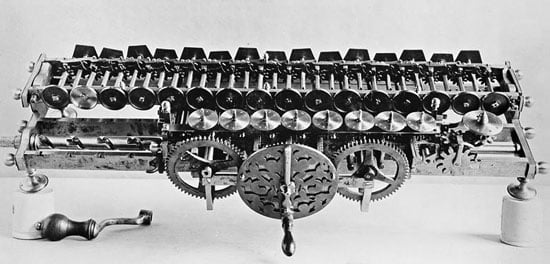
Calculus
Another big contribution to mathematics was Leibniz’s development of calculus, which occurred independently of Newton and Leibniz was the first to publish, in 1684 as opposed to 1693, but it is unclear if they developed their ideas at the same time.
When the Royal Society of London, whose president at the time was Newton, decided who should be credited for inventing calculus first, they gave credit to Newton while Leibniz lost out on publishing credit.
Leibniz’s calculus differed from Newton’s mainly in notation, with many students of calculus today preferring Leibniz’s notation over Newton’s.
Leibniz also rediscovered a method of arranging linear equations to be manipulated into arrays or matrices, which made them easier. A similar method had first been discovered by Chinese mathematicians but was forgotten over time.
Monads and Philosophy of Mind
In the 17th century, René Descartes proposed dualism, where the mind is separate from the body. This led some philosophers to say that the brain could only be explained in terms of physical matter.
Leibniz, on the other hand, believed that there are little independent beings called “monads” which have tags determining how they interact with each other. Even though this is not some of his more prominent accomplishments, it is nonetheless quite profound.
Leibniz’ deduction that God has made the monads harmoniously aligned is characteristic of his optimism.
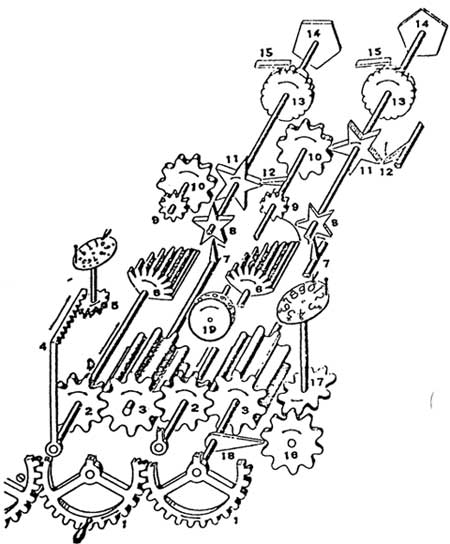
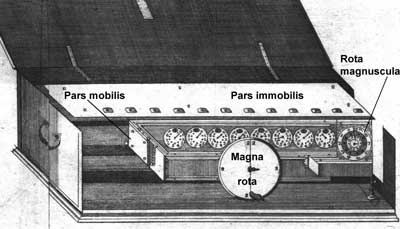

Optimism
Leibniz’s most famous contribution to philosophy is his principle of optimism, which suggests that this world is the “best of all possible worlds.”
Leibniz believed that evil can result in a greater good, even if it means negative consequences for one individual. Furthermore, he argued that everything exists for a reason and humans cannot understand the greater good from their restricted vantage point.
Voltaire, a French writer, popularized the ideas of Leibniz (disagreed with Leibniz about our ‘best of all possible worlds’). In his satirical book Candide he introduced the character Pangloss, who believes that everything is for the best no matter what challenges are happening in the world.
Gottfried Wilhelm Leibniz: Marriage, Divorce, Children, and Personal Life
Leibniz never had a wife; he spoke about money on occasion, but it is evident that the Brunswicks were paying him well. In his diplomatic efforts, Leibniz never went too far, except when it dealt with professional diplomats of the 17th century.
Leibniz took personal responsibility for at least four manuscripts which were altered, and sometimes backdated to appear more recent than their true date of composition.
His charm, good manners, and intelligence made him well-liked by many despite not having a wife. His open mind led to questioning the existence of God but also caused his commitment to Christianity remain strong.
Gottfried Wilhelm Leibniz: Published Works and Books
Leibniz wrote most of his texts in Latin, German and French. For example, during his lifetime he published many pamphlets and scholarly articles (notably the De Jure Suprematum) but only two “philosophical” books, the Combinatorial Art and Theodicee.
Leibniz appears not to have published his posthumously discovered book Nachlass, whose original title was Nouveaux essais sur l’entendement humain, until 1895.
Furthermore, several of these letters are often essays in length. Much of the remaining correspondence that was not published, especially those dated after 1700, has only been available more recently.
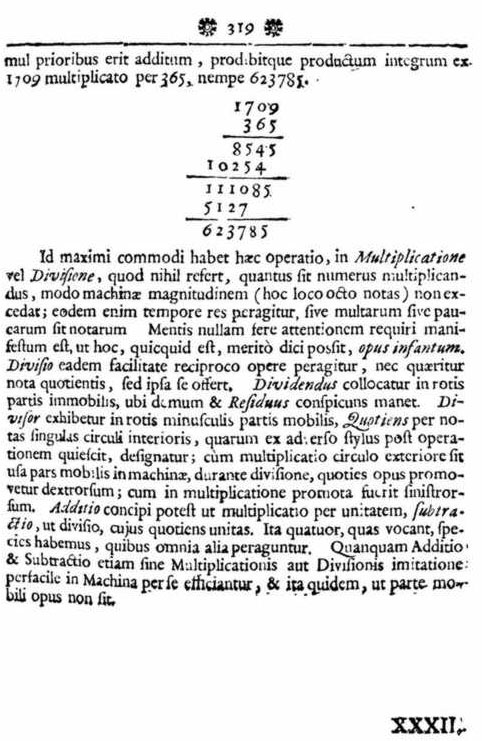
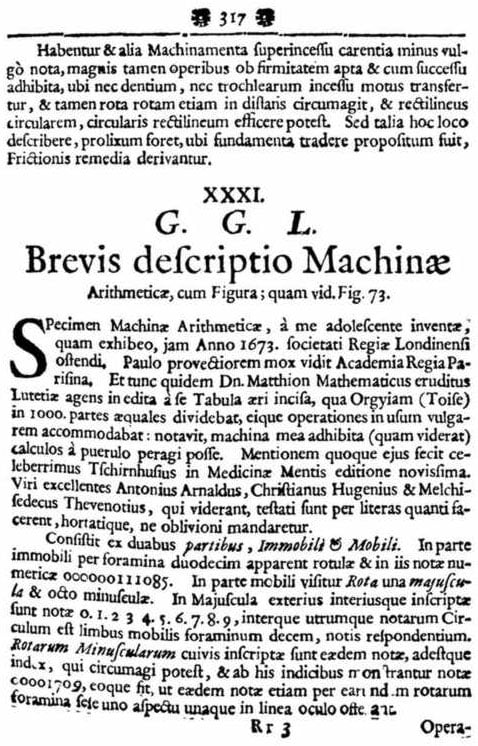
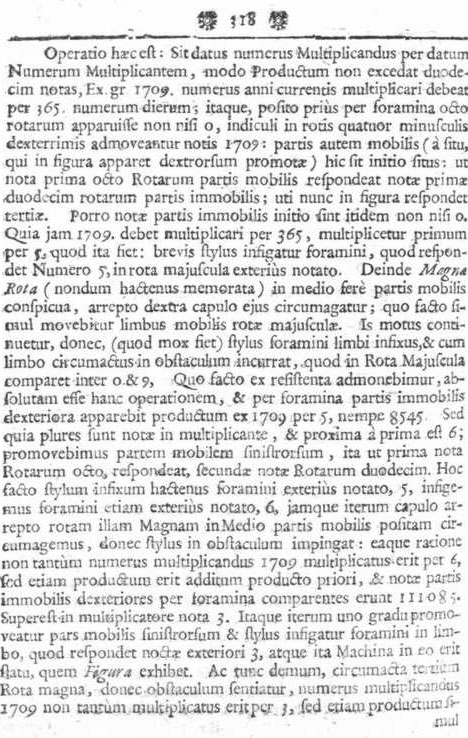
Gottfried Wilhelm Leibniz Quotes
The following are some of the most notable quotes from Gottfried Wilhelm Leibniz:
- “This is the best of all possible worlds.”
- “He who hasn’t tasted bitter things hasn’t earned sweet things.”
- “Nihil est sine ratione.”
- “Music is the hidden arithmetical exercise of a mind unconscious that it is calculating.”
The image featured at the top of this post is ©William Anthony Granville, Ph.D., LL.D., Public domain, via Wikimedia Commons – License / Original
